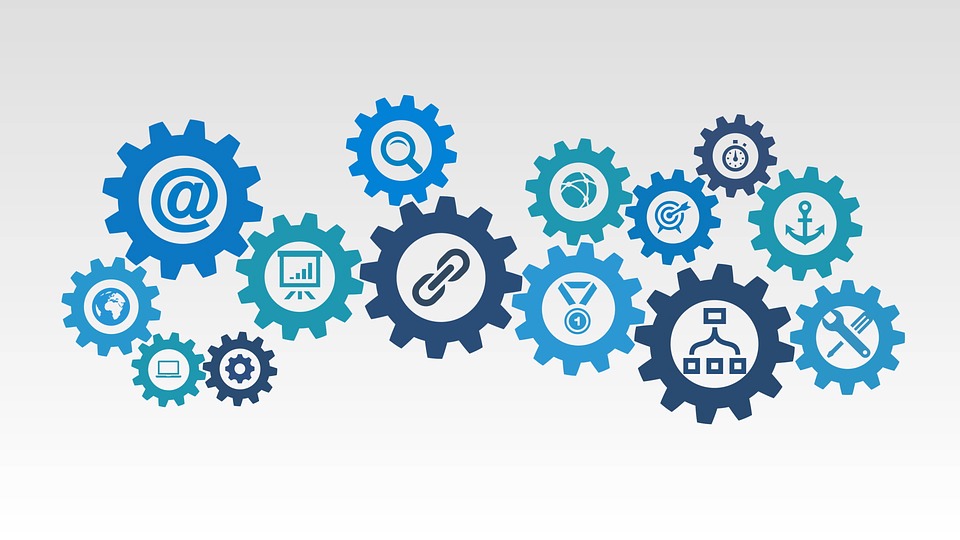Influencer marketing is having a high card nowadays as people are indulging more into the Virtual World. As per a survey, there are more than 2.3 Billion active users online and on average active internet users have at least 5 Social Media accounts. So just imagine how much time people actually spend Online. And if the statistics are to be believed an average US citizen spends 1 hour and 18 minutes watching a video online on the Social Media Daily! And other statistics are like this, the Snapchat users watch over 6 Billion videos in a day and the figure on Facebook is around 8 Billion. It is enough stats for any marketer to understand that no matter what niche their Product falls in, their potential buyers are waiting for them online. So the question that remains is How and When to make the approach for the purchase? The best answer for a local brand who wishes to expand their business globally is Influencer Marketing. It is the fastest and most effective way to promote business amongst the Brand’s Global leads. But there are certain things and options that are to be kept in mind for a successful promotion of a brand via Influencer Marketing.
Influencer marketing is an important activity of Digital marketing, and here are some statistics of who the most famous Influencers of Social Media were and how much they earned.
- Selena Gomez ($550,000 per post)
- Kendall Jenner ($300,000 per post)
- Kylie Jenner
- Rihanna
- Beyoncé Knowles
- Taylor Swift
Selena Gomez tops the chart where each social media post can be worth around $5,50,000. Isn’t that huge? But think of the business people who are paying her would be making from the marketing she does. That’s out of my mind at least. These were enough proof for how effective influencer marketing is, let’s see how a local brand can expand their business via Influencer marketing:
There are three options for Influencer Marketing Approach a local brand can make to take the leap from Local to Global:
1. Work as per the Target area and make a progressive approach:
This option is for those who don’t want to take a big risk and are a little less willing to spend much in Digital Marketing in the Initial level and then increase once they start getting returns on their investment. It is completely normal for any brand to think like that and for them, the approach towards Influencer can be like this, first make a target area where you want to expand your business. After that find a local Influencer of that area and approach with a mutual win-win situation for both. You make a proposal that they will develop a special scheme and Discounts only for their followers and in return, they do the marketing with a fair compensation paid of course. Once that is done and a brand starts getting a response, move out to other areas with the same strategy and spread the market. This is a long term approach but it has minimal risk and you ought to spend less. The best benefit is the brand won’t be dependent only on one Influencer and if they think the influencer of one specific region is not worth the investment, they can stop doing marketing for that area. So the only loss of business you suffer is from one area and others are still productive.
2. Difficult and Creative Approach to hit a nation or globe:
This approach is unique and is totally based on how well you execute the strategy of marketing the approach. The thing is all a brand needs to do is come up with a cause that is sweeping the nation or the globe and start to think creatively in that area. Develop a challenge and form a campaign for the same, now hire a single influencer and ask them to pitch the challenge to other influencers and all you got to do is somehow link your brand with the challenge. This way the influencer will promote your challenge and then all you got to do is sit and enjoy the word spreading across the nation or across the world. The cherry on the cake could be if you are able to profit from the campaign. That can be done by making an announcement that if people who support the cause buy their product, the company will donate some part of the profit to the Government for the eradication or betterment of the cause. The best example is the Ice Bucket challenge, think of one viral challenge and you are done.
3. Third is traditional approach:
This is the option where a brand does the traditional approach and contacts an influencer to do the marketing, but there are certain things that need to be taken care of in the campaign. Make sure the campaign is backed with a unique and relative hashtag and the influencer specifically pitches the brand, not just a few tags and messages. Nowadays in platforms, like Instagram people are not concerned about who the Influencer tags but, the effect will be prominent if the Influencer is seen with the product or the person associated with the brand and pitches the brand for sales purpose. Another thing that needs to be kept in mind is the approach to an Influencer is much different than that of a normal sales and promotion approach. Many influencers don’t care about the money much but about fame and image more. Make sure to present with something that is beneficial for both the parties. And it is not the sole responsibility of the Influencer to do the marketing of the product. Brand marketers also must put in some efforts and share information on their own social media accounts both personal and professional. Make sure Influencer knows these efforts as it will give a positive boost to the campaign and Influencer’s moral.
Read also: 9 Ways To Use Pinterest To Promote Your E-Commerce Store
Thus, above were some statistics and options that are available for a brand to take a leap from Local to Global market with the help of Influencer Marketing.
Read More:






















